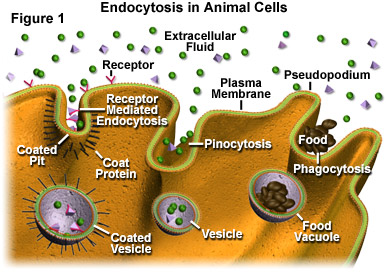A combination of high H>C levels , high C>S levels (the contagiousness of the disease) and high S>D levels ( the deadliness of the diseases) will cause the worst deadly epidemic.
My Data: (As you can see after about 15 rounds everyone died after the carrier of the disease gave the disease to someone else.)
Reference: http://starmap.causeway.co.uk/epidemic.asp
My Data: (As you can see after about 15 rounds everyone died after the carrier of the disease gave the disease to someone else.)
Reference: http://starmap.causeway.co.uk/epidemic.asp
| Epidemic simulation, by Ian Clark and Adrian Smith | Using this page About Epidemic |
|
Monday, November 14, 2011
BOW 8 Hot Zone (Blog of the Week)
The one thing that fascinated me from reading the Hot Zone is when Monet got infected with the Marburg virus because the Marburg virus is really deadly and has many symptoms such as droopy eyelids, bright red eyelids, black vomit, hemorrhage, and blood clotting up. I was surprised that Monet died from the disease.
Marburg Virus

Reference: http://www.stanford.edu/group/virus/filo/2005/photos.html
Marburg Virus
Reference: http://www.stanford.edu/group/virus/filo/2005/photos.html







